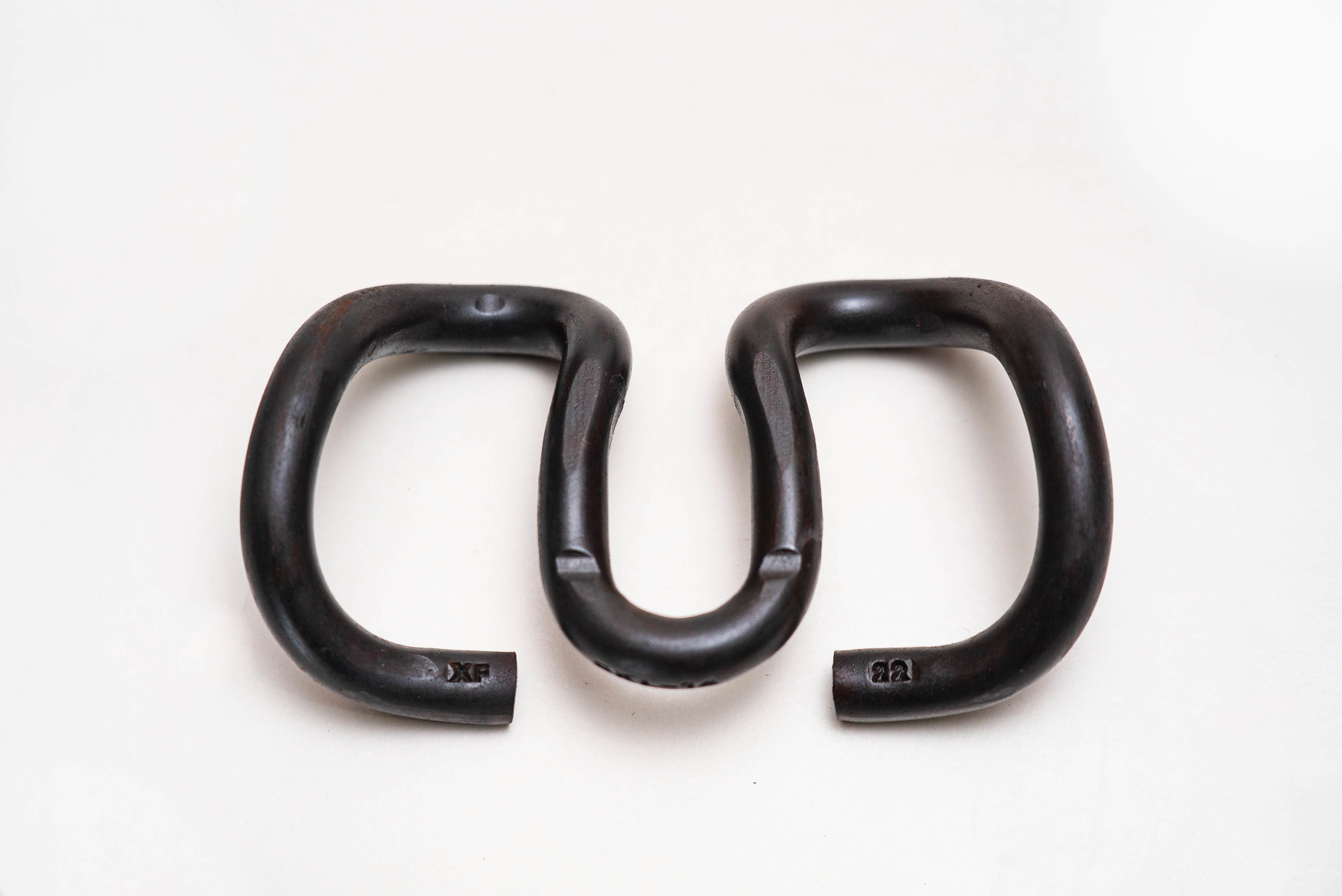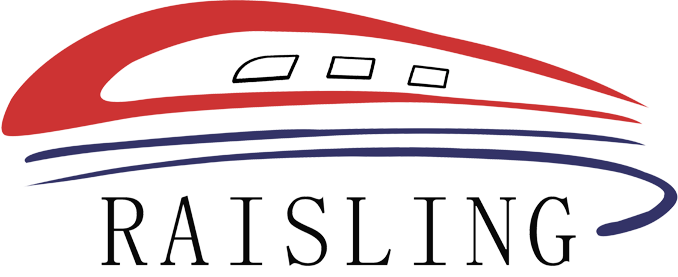-
ProductsAt present, the company has the ability to produce 50000 tons of rail buckle accessories annually. The product series includes various specifications of spring bars Gauge baffles, switch special pads, joint clamps for 43kg, 50kg, 60kg steel rails, various export products, etc

-

-
AboutThe company was established in 1994 and is a production enterprise specializing in the research and development, production, and sales of railway line specific accessories

Understanding Rail Clips: Essential Components for Reliable Rail Transportation
Jun 13,2025
Rail clips are small but vital components in the rail transportation industry, primarily used to secure rails to their underlying structures, such as ties or sleepers. These components play a critical role in maintaining the stability and alignment of the tracks, ensuring safe and efficient train operations. In this article, we will delve into the functions, types, and importance of rail clips in

One of the primary functions of rail clips is to hold the rails in place, preventing them from moving or shifting under the weight of passing trains. This stability is essential for maintaining the geometry of the track, which directly influences train speed and safety. When rail clips are properly installed and maintained, they help reduce wear and tear on both the rails and the rolling stock, thereby extending the lifespan of the entire rail system.
There are various types of rail clips, each designed for specific applications and track configurations. Some common types include elastic rail clips, which use a spring mechanism to provide a resilient grip on the rail, and screw-type clips, which are fastened using bolts for a more rigid connection. The choice of rail clip often depends on factors such as the type of rail, the expected load, and environmental conditions. Understanding these differences is essential for ensuring that the right clip is chosen for a particular track segment.
In addition to their primary function of securing rails, rail clips contribute to the overall safety of rail operations. Loose or damaged clips can lead to track misalignment, increasing the risk of derailments and accidents. Regular inspection and maintenance of rail clips are crucial for preventing such issues. Rail operators typically implement routine checks to assess the condition of the clips, replacing any that show signs of wear or damage.
The importance of rail clips extends beyond safety; they also play a role in enhancing the efficiency of rail systems. By ensuring that tracks remain properly aligned, rail clips help maintain smooth train movements, reducing vibration and noise. This not only improves passenger comfort but also minimizes maintenance costs associated with track repairs and train wear.
In summary, rail clips are an integral part of rail transport systems, providing stability, safety, and efficiency to the infrastructure. Their proper selection, installation, and maintenance are essential for the long-term success of rail operations. Understanding the role and importance of rail clips can help rail operators make informed decisions that enhance the reliability and safety of their transportation networks.
Previous:
Recommended
Asia Pacific Rail 2025 Concludes in Bangkok, Showcasing Rail Industry's Future
Bangkok, May 29 - The Asia Pacific Rail 2025, a leading event in the railway and rail transit industry, successfully concluded on May 29 in Bangkok, Thailand.
There is one sheet production line and two high-precision engraving machines, with an annual production capacity of 6 million railway special height adjustment pads.
Contact Us
Henan Xinda Railway Equipment Co., Ltd
Fax: +86-372-2615999
Tel: +86-18567891234
Email:info@xindarail.com
Send us your request
we will get in touch with you as soon as possible
COOKIES
Our website uses cookies and similar technologies to personalize the advertising shown to you and to help you get the best experience on our website. For more information, see our Privacy & Cookie Policy
COOKIES
Our website uses cookies and similar technologies to personalize the advertising shown to you and to help you get the best experience on our website. For more information, see our Privacy & Cookie Policy
These cookies are necessary for basic functions such as payment. Standard cookies cannot be turned off and do not store any of your information.
These cookies collect information, such as how many people are using our site or which pages are popular, to help us improve the customer experience. Turning these cookies off will mean we can't collect information to improve your experience.
These cookies enable the website to provide enhanced functionality and personalization. They may be set by us or by third-party providers whose services we have added to our pages. If you do not allow these cookies, some or all of these services may not function properly.
These cookies help us understand what you are interested in so that we can show you relevant advertising on other websites. Turning these cookies off will mean we are unable to show you any personalized advertising.
COOKIES
Our website uses cookies and similar technologies to personalize the advertising shown to you and to help you get the best experience on our website. For more information, see our Privacy & Cookie Policy
COOKIES
Our website uses cookies and similar technologies to personalize the advertising shown to you and to help you get the best experience on our website. For more information, see our Privacy & Cookie Policy
These cookies are necessary for basic functions such as payment. Standard cookies cannot be turned off and do not store any of your information.
These cookies collect information, such as how many people are using our site or which pages are popular, to help us improve the customer experience. Turning these cookies off will mean we can't collect information to improve your experience.
These cookies enable the website to provide enhanced functionality and personalization. They may be set by us or by third-party providers whose services we have added to our pages. If you do not allow these cookies, some or all of these services may not function properly.
These cookies help us understand what you are interested in so that we can show you relevant advertising on other websites. Turning these cookies off will mean we are unable to show you any personalized advertising.

